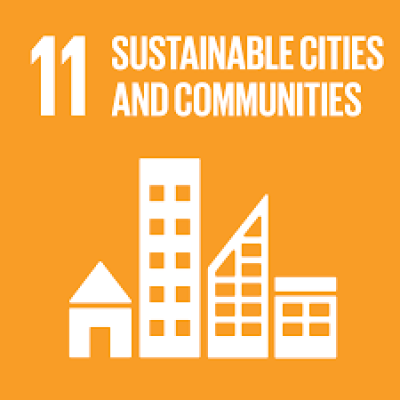‘E’-denderry IoT – Co. Offaly
 Selected as an exemplar case study by DCU in partnership with .IE
Selected as an exemplar case study by DCU in partnership with .IE
Digital Innovation Programme 2020
Funding awarded: €35,021
Maturity: Pilot
Timeframe: February 2020
Catríona Hilliard
Broadband / Digital Officer
Offaly County Council
Who:
Cellnex Telecom and Offaly County Council
Offaly County Council has committed to developing a sustainable green economy as part of the wider “Just Transition” measures, which involve maximising the social and economic opportunities of climate action. Edenderry is the second biggest town in County Offaly, and its population has grown considerably from 4,500 in 2002 to 9,300 in 2016, thanks to its proximity to Dublin. One result of this growth is that the town is key to the economic development of the county. In order to meet its sustainable objectives, the county council has recognised it must be a leader in the provision of sustainable public services.
Objectives:
- To provide public services more efficiently with IoT technology. Specifically, by providing real-time monitoring of public services to improve parking, litter collection, air quality and building management.
- To improve the environmental sustainability of town management by measuring and managing the built environment.
What:
Sensors were installed in various locations across Edenderry to monitor parking, litter, air quality and help with building management. Sensors manage parking by ensuring the appropriate use of loading bays, wheelchair spaces and electric vehicle charging points. Litter control is managed by using sensors installed in one demonstration bin which assesses bin volume and fill. To monitor air quality, sensors throughout the town provide real-time monitoring of both air quality and pollution levels. Air quality readings are collated and presented in “SmartBrain” for comparison with Environmental Protection Agency Air Quality Monitoring readings. Finally, sensors at Edenderry Municipal District offices can aid building management through the remote monitoring of energy use, access, lighting, and smoke alarms. Various sensors are used including threshold sensors for people counting, energy monitoring sensors, among others.
Why:
This project is part of a wider suite of measures that the council is engaged in to develop a sustainable green economy. The sensors installed will support the council’s ability to manage its public buildings and public services more effectively. The advantage of LoRaWAN and IoT technologies is that the infrastructure deployed can be maintained easily and at low cost. The information provided by the sensors can enable better town decision making based on actual behaviours and use of buildings. For example, litter sensors can help the council consider bin collection patterns, understand how people’s presence at various town events can influence litter control, or can enhance visibility of streetscape user patterns of bins. Threshold sensors in buildings can identify the number of people in a building, and can assess the temperature, humidity, sound, and activity in various rooms. Energy monitor sensors can help manage energy use and ultimately address overuse or redundant use which contributes to addressing climate change issues.
Scale:
Limited to one town.
Technologies:
25 sensors, two LoRaWan gateways, and access to the Cellnex Smartbrain.
Lessons Learned:
The project has been supported and well received by various public agencies since launch. However, there have been several opportunities identified as to how this project might move forward, with funding to commission a feasibility report to analyse outputs to date; see what outcomes can be extracted from those; and look in depth at the wide range of opportunities that are available.

Written by Dr. Jennifer Kennedy, The Irish Institute of Digital Business, Dublin City University.